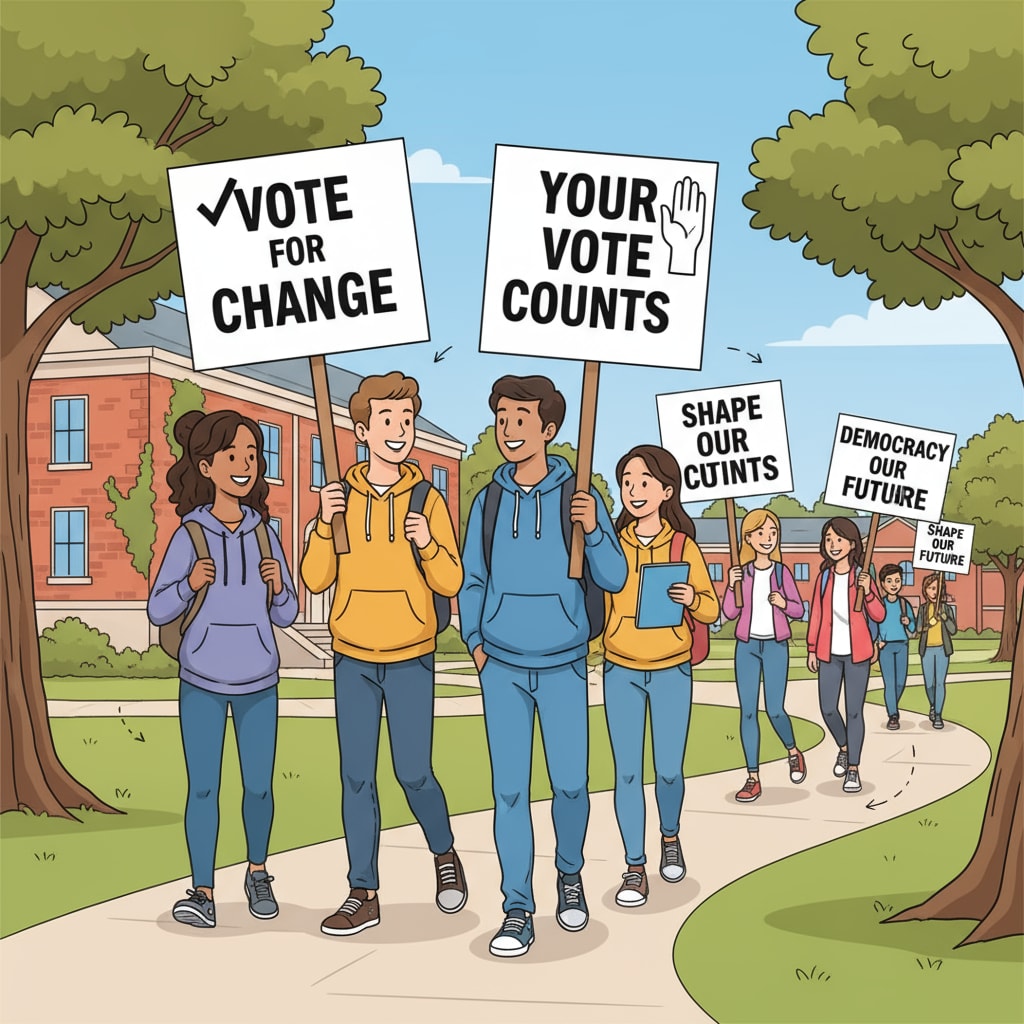College student voting, campus promotion, and voter education are crucial aspects in ensuring that the youth’s voices are heard in the democratic process. In a college environment, where young minds are shaping their views on society and governance, promoting voting is of great significance.

As we know, voting is not only a right but also a responsibility. However, the participation rate of college students in voting has often been lower than expected. Therefore, effective campus promotion strategies and comprehensive voter education are needed to encourage more students to exercise their voting rights.
The Importance of College Student Voting
College students represent a significant demographic in society. Their voices can have a substantial impact on various policies and decisions. Voting gives them the power to influence issues such as education funding, environmental policies, and social justice. For example, a higher number of college students voting in local elections could lead to more resources being allocated to campus facilities and student support services. According to Wikipedia’s Civic Engagement page, increased civic engagement through voting can contribute to a more inclusive and representative democracy.

Challenges to College Student Voting
Despite the importance, there are several challenges that prevent college students from voting. One major issue is the lack of awareness. Many students are not well-informed about the voting process, deadlines, or their rights as voters. Additionally, the transient nature of college life, with students often moving between their hometowns and college campuses, can make it difficult to register and vote. Moreover, some students may feel that their vote does not matter or that the political system is too complex to understand. As a result, these factors contribute to the relatively low voting participation rate among college students.
Effective Campus Promotion Strategies
To increase college student voting, campuses can implement various promotion strategies. First, organize voting registration drives. Set up booths in high-traffic areas on campus, such as the student union or cafeteria, to help students register to vote. Provide clear information about the registration process and answer any questions they may have. Second, use social media platforms. Create engaging content about voting, including videos, infographics, and success stories of students who have made a difference through voting. Platforms like Instagram and Twitter can reach a wide audience of students. Third, collaborate with student organizations. These groups can play a vital role in promoting voting among their members. For instance, student government associations can organize voting awareness events and encourage their peers to get involved. According to Britannica’s Civic Responsibility page, such collective efforts can significantly enhance civic participation.
The Role of Voter Education
Voter education is essential in empowering college students to make informed voting decisions. Offer courses or workshops on civics and voting. These sessions can cover topics such as the history of voting, the structure of the political system, and how to evaluate candidates and issues. Provide unbiased information sources so that students can research and form their own opinions. Additionally, invite guest speakers, such as local politicians or political analysts, to share their insights and experiences. By doing so, students will have a better understanding of the voting process and be more motivated to participate.
In conclusion, college student voting, campus promotion, and voter education are intertwined elements in increasing the political participation of college students. By addressing the challenges, implementing effective promotion strategies, and providing quality voter education, campuses can create an environment where students are more likely to exercise their voting rights and contribute to a more democratic society.
Readability guidance: The article uses short paragraphs and lists to summarize key points. Each H2 section provides a list of relevant strategies or explanations. The proportion of passive voice and long sentences is controlled, and transition words are added throughout the text to enhance readability.


